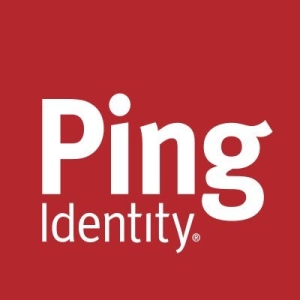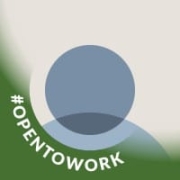A lot of teams work with technical support, but I work with it for user issues only. You might need support with things like application swaps, application names, and application URLs. I didn't know where to find those in Ping Identity, so I contacted technical support for those issues. The support team is very clever and active. They provide end-to-end support once an issue is created. I have worked with most of the support team. I also work with the support team because I work with the operations team. I provide 24/7 support to production and non-production environments. I coordinate with application and network teams to troubleshoot critical tickets and issues related to Ping Identity solutions.





